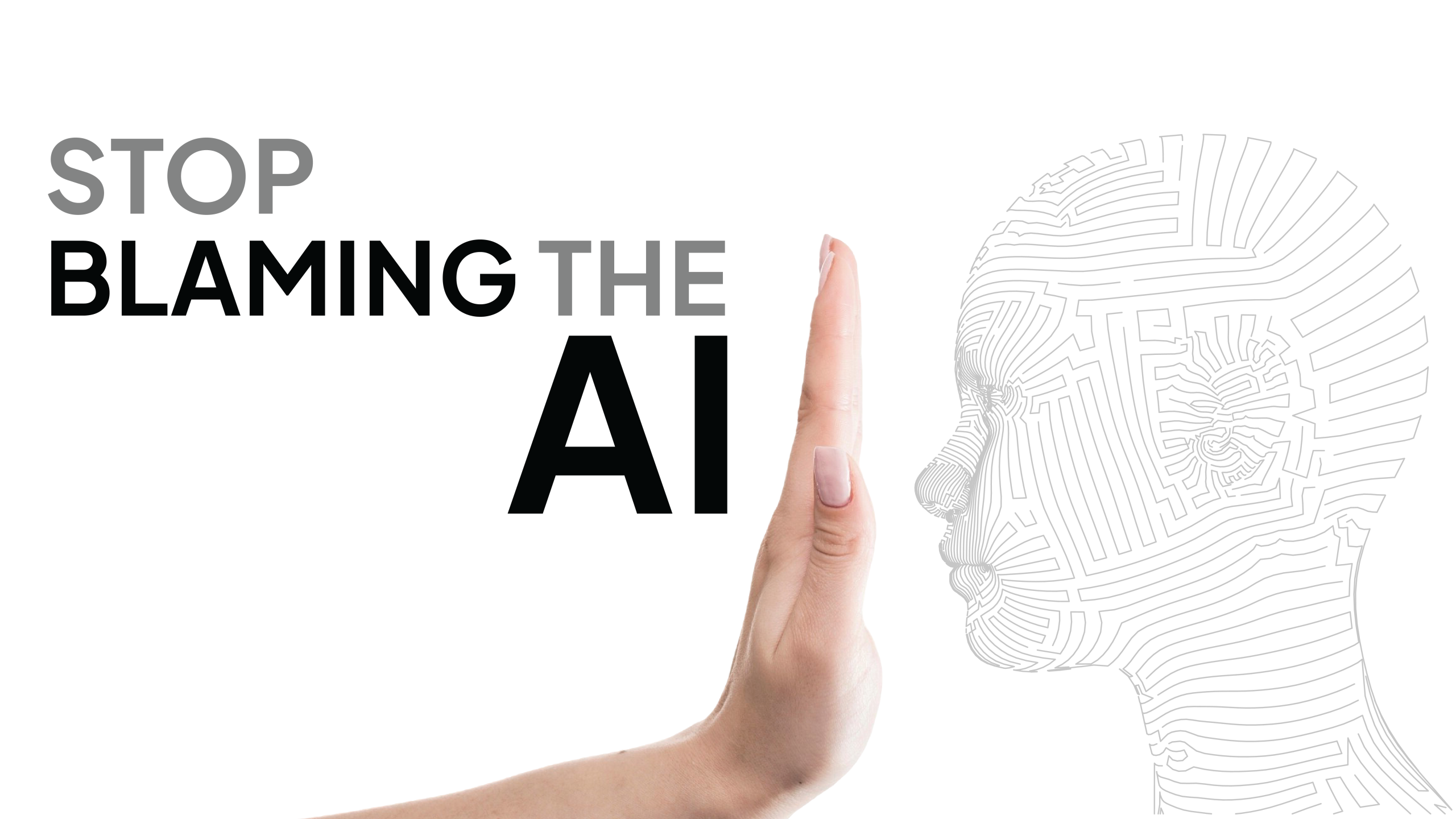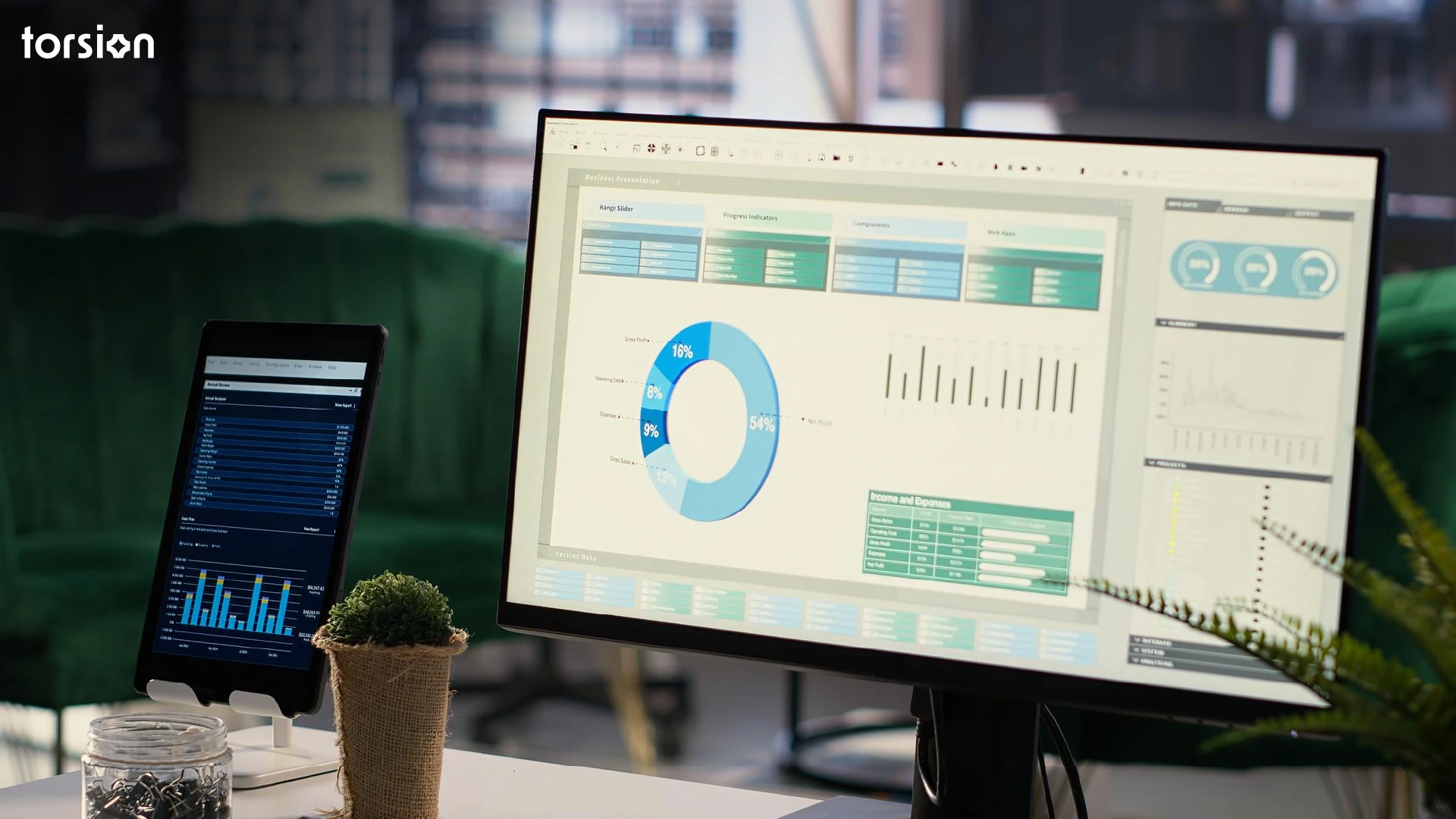Generative AI models like LLMs are powerful tools, capable of delivering groundbreaking insights—if they’re given the right inputs. But here’s the uncomfortable truth: most enterprises invest heavily in cutting-edge AI, only to watch it stumble because their data is messy, outdated, or incomplete.
It’s like hiring a Michelin-star chef but supplying them with stale ingredients. No matter their skill, the result will always fall short. No matter how sophisticated the model, the outcome will always disappoint. This disconnect leads to predictable fallout: executives lose faith in AI, employees waste time correcting errors, and teams grow disillusioned with technology that promises transformation but delivers headaches.
The good news? This problem is entirely solvable. By addressing the quality and readiness of your data, you can turn AI from an expensive experiment into a strategic asset. But first, it’s time to ask the hard question: what is your data doing to your AI?
Bad Data, Bad Results: Why AI Isn’t to Blame
Generative AI models like LLMs are designed to find patterns, extract insights, and deliver transformative outcomes. But they can only work with the information they’re given. When that information is incomplete, inconsistent, or outdated, the results will always disappoint—no matter how advanced the model.
Here’s the reality: AI amplifies whatever data it’s trained on. If your datasets are riddled with biases, your outputs will reflect those same biases. If your data exists in silos, your AI will generate incomplete insights that fail to align with the big picture. And if your data is poorly labeled or lacks relevance, even the most sophisticated model will stumble.
The problem is systemic.
Why You Must Rethink Your Approach to Data
Gartner reports that poor data quality costs businesses an average of $12.9 million annually, and 85% of AI projects fail due to insufficient data readiness or quality [1]. Despite this, many enterprises pour resources into AI without first addressing the foundation their models are built on—the data.
- Every inconsistency and outdated dataset quietly undermines your AI’s ability to deliver actionable, reliable insights.
- Centralized data provides a competitive edge by enabling AI to uncover trends and deliver accurate decisions faster.
- High-quality data reduces inefficiencies, minimizes rework, and fosters a culture of trust and innovation.
The Pitfalls of Ignoring Data Readiness
Here are three common mistakes that derail even the most promising AI initiatives:
1. Skipping the Hard Work of Data Preparation
AI projects often begin with excitement and urgency, but foundational steps like data preparation are frequently overlooked. Leaders assume the model itself will “figure it out.” AI isn’t magic—it can’t fix broken data.
- Impact: This leads to delays, as teams scramble to clean and organize data mid-project, often at great cost.
2. Thinking Big Data Beats Smart Data
It’s a common misconception that feeding a model more data will improve its performance. In reality, data quality is far more important than volume.
- Impact: AI models trained on large but inconsistent datasets produce outputs that are unreliable, forcing teams to spend time and resources vetting results.
3. Treating Data as Static
Data isn’t a one-and-done deal. Market trends shift, customer preferences evolve, and industry regulations change. Yet, many enterprises fail to keep their data systems updated.
The World Economic Forum predicts that by 2025, the world will create 175 zettabytes of data annually [2]. That means enterprise data will need significant updating to remain useful for AI applications.
- Impact: Outdated datasets lead to irrelevant or even harmful AI recommendations, eroding trust in both the tool and the organization.
Building AI Success Starts with Data—Here’s How to Get It Right
You wouldn’t build a skyscraper on a shaky foundation, so why expect your AI to perform miracles on messy data? If your data isn’t clean, centralized, and ready for action, your AI is doomed to underdeliver. The good news? You can fix this—fast.
Here’s the blueprint for transforming your data into AI’s greatest asset:
1. Find the Cracks in Your Foundation
Before scaling AI, assess the current state of your data. Look for gaps, redundancies, and inconsistencies.
- Action: Identify outdated datasets, incomplete records, and duplicated information.
- Benefit: Pinpointing weaknesses ensures your AI models are working with accurate and reliable data.
2. Centralize or Bust
Fragmented, siloed data creates fragmented insights. Centralizing your data isn’t just smart—it’s survival.
- Action: Use a centralized repository or data lake to consolidate information across departments.
- Benefit: Unified data allows your AI to deliver holistic insights, reducing conflicting outputs.
3. Stop Feeding Garbage
AI models rely on clean, structured data to produce accurate results. Regular maintenance ensures your data stays relevant and usable.
Enterprises with well-organized data systems achieved 3x better AI ROI compared to competitors, according to Harvard Business Review.
- Action: Implement processes for routine data cleaning and consistent labeling.
- Benefit: Clean data minimizes manual corrections and improves output precision.
4. Test Small, Fail Cheap, Scale Big
Avoid large-scale rollouts until you’ve tested and refined your AI with small-scale pilots. For example, a financial institution piloted its fraud detection AI with a small dataset, reducing false positives by 40% before deploying it company-wide.
- Action: Use pilot programs to evaluate AI performance on subsets of data.
- Benefit: Pilot programs expose weak spots early, saving you from costly mistakes and building confidence for broader deployment.
Before Blaming AI, Fix Your Data
Generative AI isn’t broken—it’s just misunderstood. The models themselves are capable of incredible things, but only when they’re fed high-quality, relevant, and well-structured data.
Every incomplete dataset, every inconsistency, and every siloed system quietly works against your AI initiatives.
The time to act is now.
References
1. https://www.gartner.com/smarterwithgartner/how-to-improve-your-data-quality
2. https://www.weforum.org/stories/2024/11/bridge-ai-divide-with-data-science-agents/





